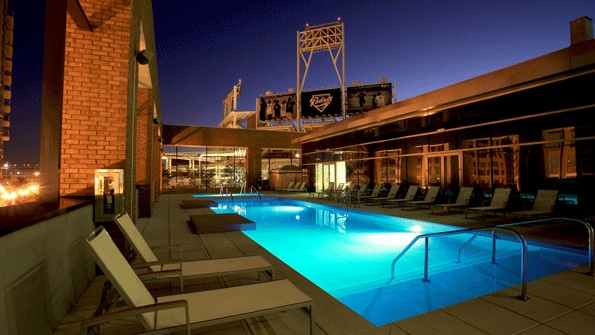2020 Market Report Shows Pool and Spa Industry on Fire
The pandemic-fueled year sparked the highest demand for new residential inground pool construction in more than a decade. In turn, that demand ignited skyrocketing sales of pool and spa retail accessories and services, according to an eye-opening PHTA market report.
January 12, 2022

Numbers are still coming in for 2021, which by all accounts appears to be a banner year, but the Pool & Hot Tub Association (PHTA) has released an eye-opening market report for 2020 that reveals just how dramatically the pandemic impacted the pool and spa industry.
“While the pool and spa industries have struggled to regain lost sales volume following the recession in 2009, the pandemic of 2020 changed the trajectory for the business. The silver lining of COVID restrictions for the pool and hot tub industries was the skyrocketing demand for new residential pools and hot tubs from consumers spending most of their time at home. In 2020, 96,000 new residential inground pools were constructed, the highest number in over a decade,” according to the report, titled “The Economic Impact of the Swimming Pool and Hot Tub Industry in the U.S.” The report also ranks states in a variety of pool and hot tub categories, such as new residential inground pool sales and hot tubs installed.
Overall, in hard numbers, the U.S. pool and spa industry contributed about $50 billion and almost 445,000 job equivalents to the country’s economy in 2020. The report broke those figures down more:
$11.9 billion in new construction/repair/refurbishment and 161,769 job equivalents.
$13.2 billion in retail/accessory/services and 282,805 job equivalents.
“The overall economic impact of the pool and spa industry reaches far beyond the direct revenue collected from the sales of products or delivery of services,” the report explained. “The impact also includes the jobs created, the ripple effect of income earned and expended, and the assessment and collection of taxes at varying points of all transactions.”
New construction was a major driver of that impact in the following breakdown:
Residential inground pools: 68,017 units installed; $42,069 average cost; for a total of $2.8 billion
Residential inground pools with spa: 27,781 units installed; $62,329 average cost; for a total of $1.7 billion.
Commercial pools: 3,310 units installed; $255,000 average cost; for a total of $844 million.
Meanwhile, the retail, accessory and service market thrived in 2020 with $674 million in expenditures on new aboveground pools and $2 billion in expenditures on hot tubs. Those numbers were further broken down in the following ways:
$1.3 billion on hot tubs retail/accessory.
$283 million on hot tub services.
$5.3 billion on residential pools retail/accessory.
$1.2 billion on residential pool services.
$1.7 billion on commercial pool retail/accessory.
$776 million on commercial pool services.
As these numbers indicate, the only laggard during the pandemic has been the commercial/public sector. That scenario has played out across all construction/renovation sectors because public sector industries were hit hardest by the pandemic. Many institutions were forced to close, while those that rely on public funding saw their budgets slashed. Experts hope 2022 will be a turnaround.
As for the rest of the pool and spa market, construction/repair/renovation is still going gangbusters, with some builders working through the winter months to catch up. But continued cost increases on chemicals could hurt the service sector. Still, if 2020 is any indication, everyone will come out of the ongoing rush of new business in fine shape.
About the Author(s)
You May Also Like




